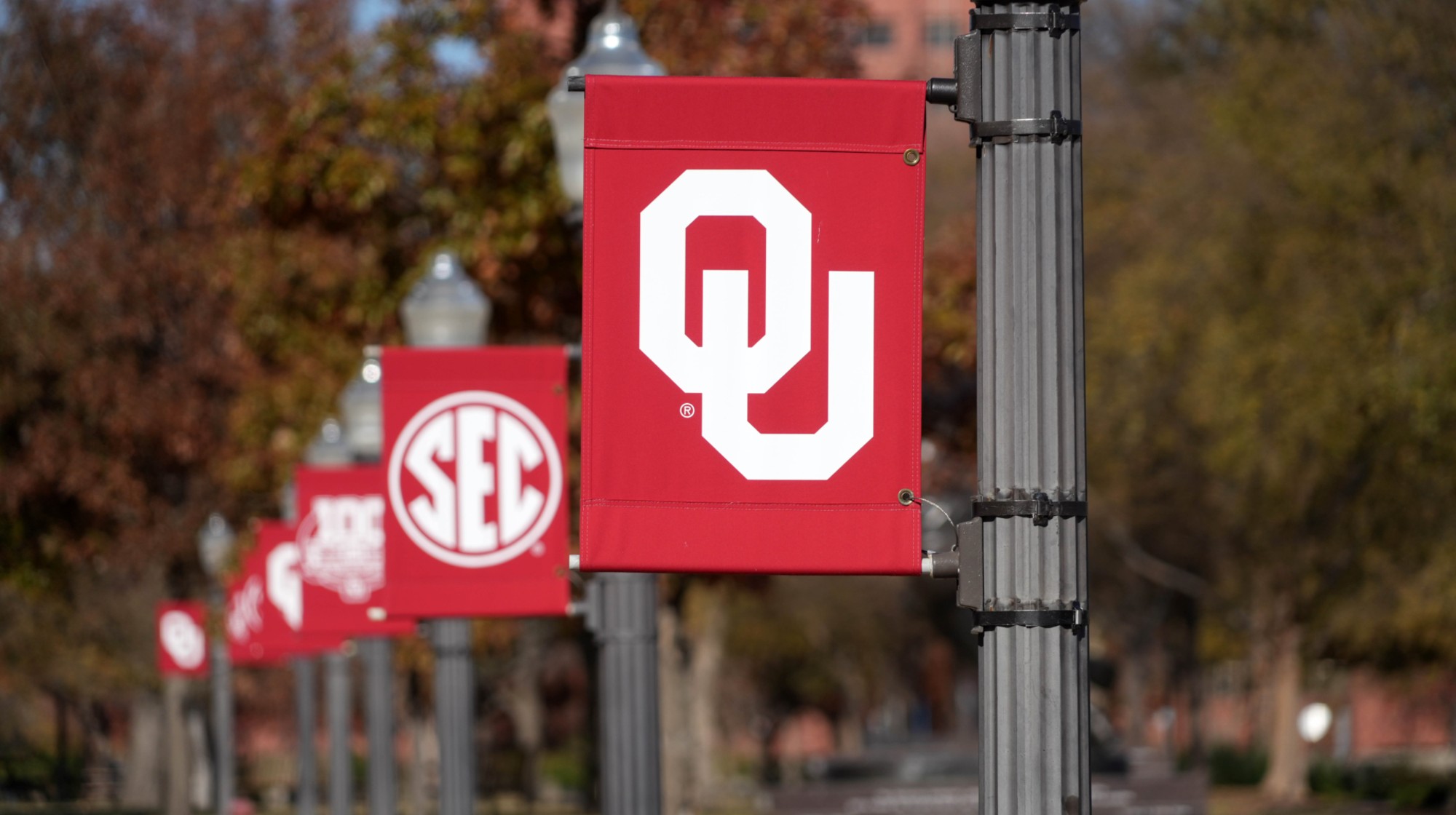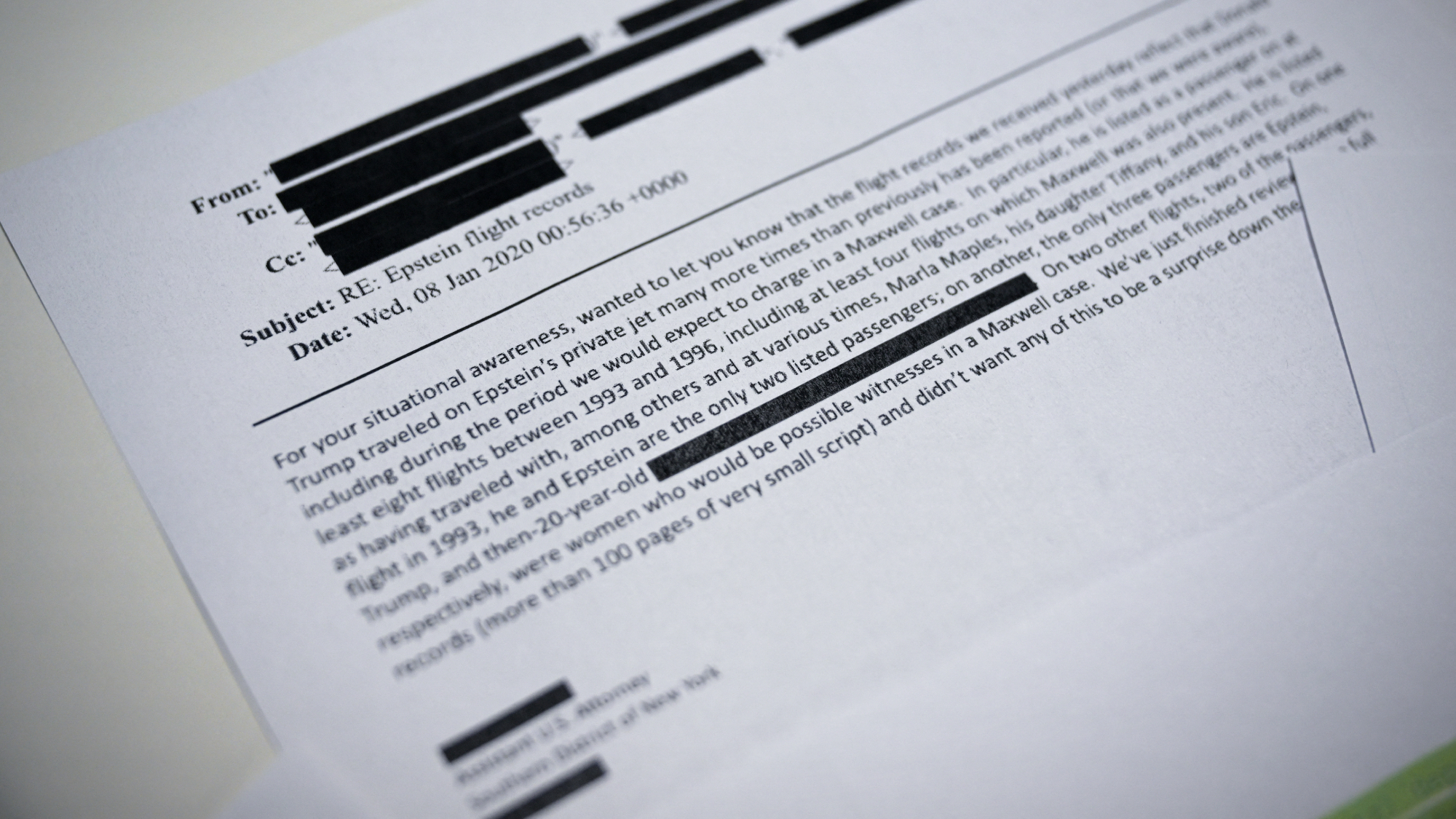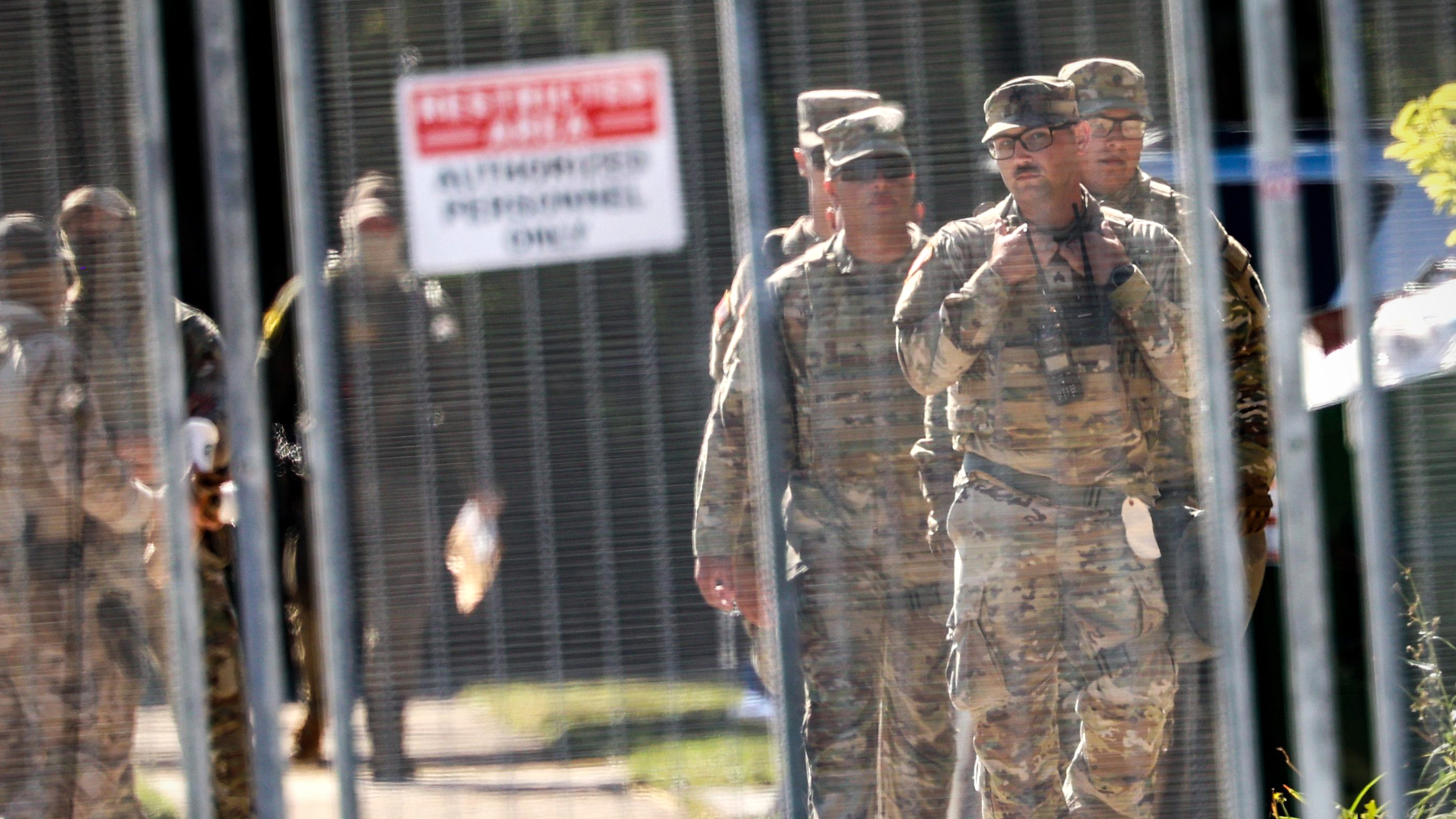How Princess Diana reshaped the Royal Family
Princes William and Harry unveil new memorial commemorating the People’s Princess
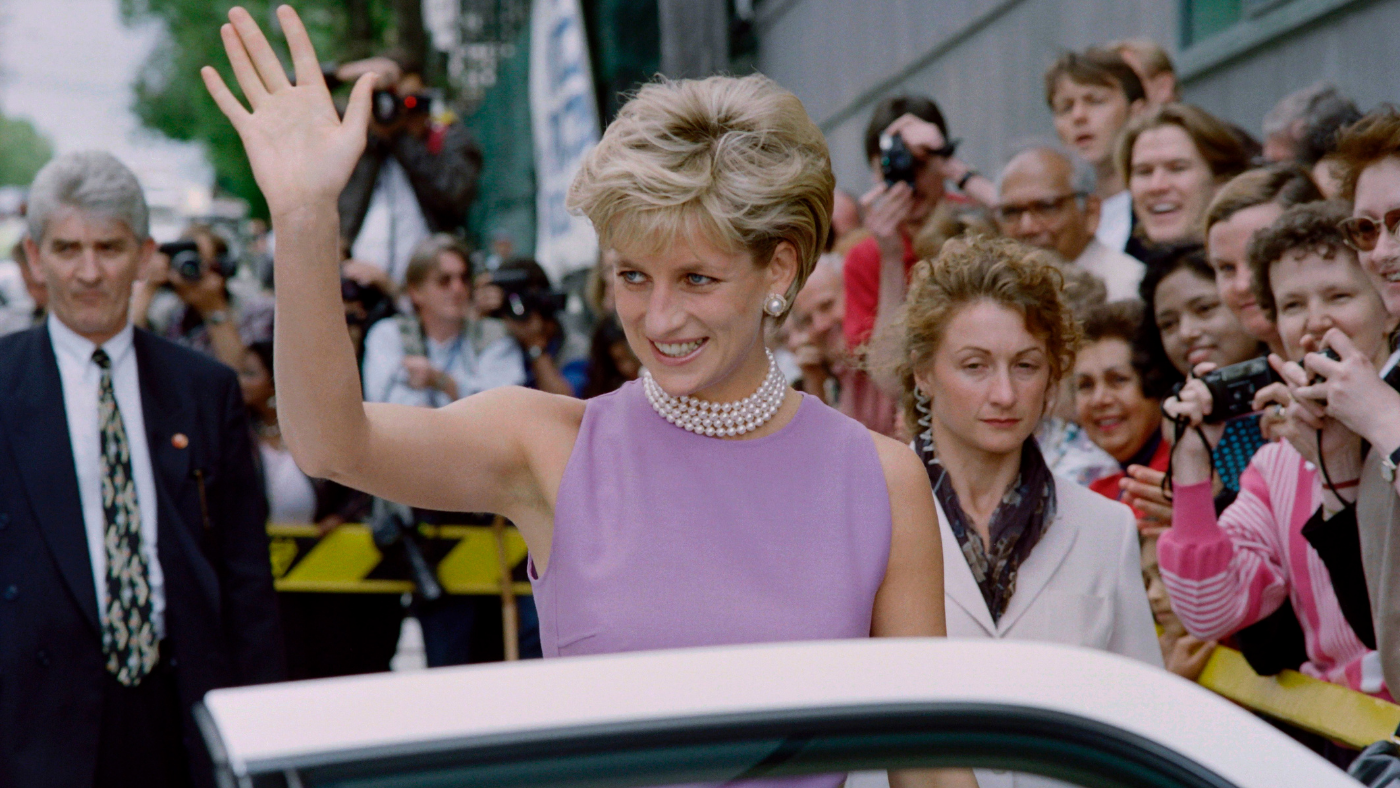
On 31 August 1997, news of Princess Diana's death in a Paris road tunnel stunned a nation and the world. The outpouring of grief for the 36-year-old was unprecedented and has never been repeated.
Two decades after her death, countless documentaries, books and interviews have been published, shedding new light on Princess Diana's life as a royal and her life after her divorce as Diana, Princess of Wales.
Here are ten things we have learnt about Britain's beloved royal since her death:
The Week
Escape your echo chamber. Get the facts behind the news, plus analysis from multiple perspectives.

Sign up for The Week's Free Newsletters
From our morning news briefing to a weekly Good News Newsletter, get the best of The Week delivered directly to your inbox.
From our morning news briefing to a weekly Good News Newsletter, get the best of The Week delivered directly to your inbox.
Diana's thoughts on dating and marrying Prince Charles
Lady Diana Spencer met Prince Charles in 1977 at Althorp, the Spencer family estate. She was 16. He was 29. They got engaged after only meeting a handful of times. During their first evening together as a couple, Diana recalls that Prince Charles "chatted (her) up" and was all over her "like a bad rash". In the early days of their marriage, their sex life was unfulfilling ("sort of once every three weeks"), she told her voice coach, Peter Settelen, on videos made in 1992 and 1993.
Three years after they first met, the couple married at St Paul's Cathedral in London – a televised wedding watched by 750 million people worldwide – but, even at that point, appearances were deceiving.
In a letter to James Hewitt, the British cavalry officer who later became her lover, Diana wrote: "As I was walking down the aisle of St. Paul's on my father's arm, I thought, 'What on earth am I doing here?'"
A free daily email with the biggest news stories of the day – and the best features from TheWeek.com
On Prince Charles and Camilla Parker Bowles
Diana spoke to close friends in the 1980s about her suspicions that her husband was having an affair with his old flame Camilla Parker Bowles.
Diana told her voice coach that Parker Bowles (now Duchess of Cornwall) was a huge strain on the marriage: "If I could write my own script I would have my husband go away with his woman and never come back."
Famously, to Martin Bashir in the BBC Panorama interview in 1995, Diana referred again to Camilla Parker Bowles: "Well, there were three of us in the marriage, so it was a bit crowded."
Diana's eating disorder
During the early years of her marriage, Diana developed an eating disorder that was an open secret among the royals.
"Everyone in the family knew about the bulimia, and everyone blamed the bulimia for the failure of the marriage," Diana said in the recording aired this year on Channel 4's documentary Diana: In Her Own Words.
The eating disorder was the most "discreet" way to harm herself, Diana said, rather than alcohol or anorexia.
On her affair with cavalry officer James Hewitt
While still married, Diana began a five-year affair with cavalry officer James Hewitt in 1986. Diana, who was linked to many men, confessed to the affair in the BBC Panorama programme.
Diana's former protection officer, Ken Wharfe, also wrote about the relationship in his book Diana: Closely Guarded Secret: "Hewitt, a natural womaniser, gave her the attention and affection she relished, and then the passion she yearned for."
On conspiring with her biographer to publish "Diana: Her True Story"
In 1992, Andrew Morton's bestselling biography, Diana: Her True Story, finally lifted the lid off Diana's unhappy life, shattering the fairy tale wedding myth.
The writer had met Diana only briefly when Morton began writing her story. Morton, however, knew Dr. James Colthurst, a close friend of Diana's, who invited him to a cafe to hear recordings on a battered tape recorder.
"For 20 minutes or so I listened as the familiar voice of the Princess of Wales spilt out a tale of woe: her loneliness; her desperation; her husband's relationship with a friend's wife, Camilla Parker Bowles; her illnesses; and suicidal impulses," Morton says.
Dr Colthurst then acted as a go-between, allowing Morton to write questions, which Diana answered on six long tape recordings, telling her side of the story for the book.
On Diana's divorce
Diana shared details of her 'grim' divorce with singer and close friend George Michael in 1996, The Sun reported.
In a call recorded on his answer phone, Diana discussed her break-up, saying: "It's been pretty grim, but we're near the end of it...Not a very loving, compassionate family, this one I'm leaving."
On her affair with Dodi al Fayed
Much has been written about Mohamed al Fayed's playboy son Dodi. Was he the man who swept her off her feet? Or the man she planned to dump, as the Daily Mail reports?
Diana's personal assistant, Jackie Allen, told the newspaper that Diana called her from Dodi's yacht.
"She said how much she was looking forward to getting home, and there was something in the way she said it that gave me the impression she was actually saying, 'I'm bored with this now'. It's very much a personal view, but I don't think she would have seen Dodi again once she got back." Allen said.
Princess Diana's last conversation with her sons
The Duke of Cambridge and Prince Harry were at Balmoral, the Queen's private Scottish home, and were playing with their cousins when their mother called from Paris. They were in a hurry to hang up and the call still weighs on their minds, the princes said in the documentary Diana, Princess of Wales.
They both regret how short the chat was, with Harry saying it was something he would regret "for the rest of my life". Asked if he remembers what his mother said, William replied "I do", but he did not disclose details of the conversation.
On the night of her death in Paris in 1997
The 36-year-old divorcee and Dodi al Fayed, 41, were staying at the Ritz Hotel in Paris in late August when they were driven at high speed to Dodi's apartment in a Mercedes S-280. The car crashed into a pillar in the Pont de l'Alma tunnel, just after midnight. Diana, Dodi, and driver Henri Paul, all died. Diana's bodyguard Trevor Rees-Jones survived.
Her former butler, Paul Burrell, told reporters that he's haunted by questions about the tragedy. Why had the couple left the hotel late at night, instead of staying in Dodi's suite at the Ritz? "Knowing her, she'd rather be tucked up in bed early", Burrell said.
Burrell questioned why safety-conscious Diana was not wearing a seatbelt that evening: "She always wore a seatbelt… so why wasn't she that night?"
Diana's dying words
Fireman Xavier Gourmelon was one of the first responders to the crash and vividly recalls the night Diana died. Gourmelon told The Express that he found her alive in the back of the car. He could see that Diana's right shoulder was slightly injured but did not see any blood.
"I held her hand and told her to be calm and keep still, I said I was there to help and reassured her. She said, 'My God, what's happened?'"
Diana was placed on a stretcher. An official report said that the royal suffered a ruptured blood vessel next to her heart, which caused internal bleeding and other injuries. Hours later, Diana was pronounced dead at 4am.
Julia O'Driscoll is the engagement editor. She covers UK and world news, as well as writing lifestyle and travel features. She regularly appears on “The Week Unwrapped” podcast, and hosted The Week's short-form documentary podcast, “The Overview”. Julia was previously the content and social media editor at sustainability consultancy Eco-Age, where she interviewed prominent voices in sustainable fashion and climate movements. She has a master's in liberal arts from Bristol University, and spent a year studying at Charles University in Prague.
-
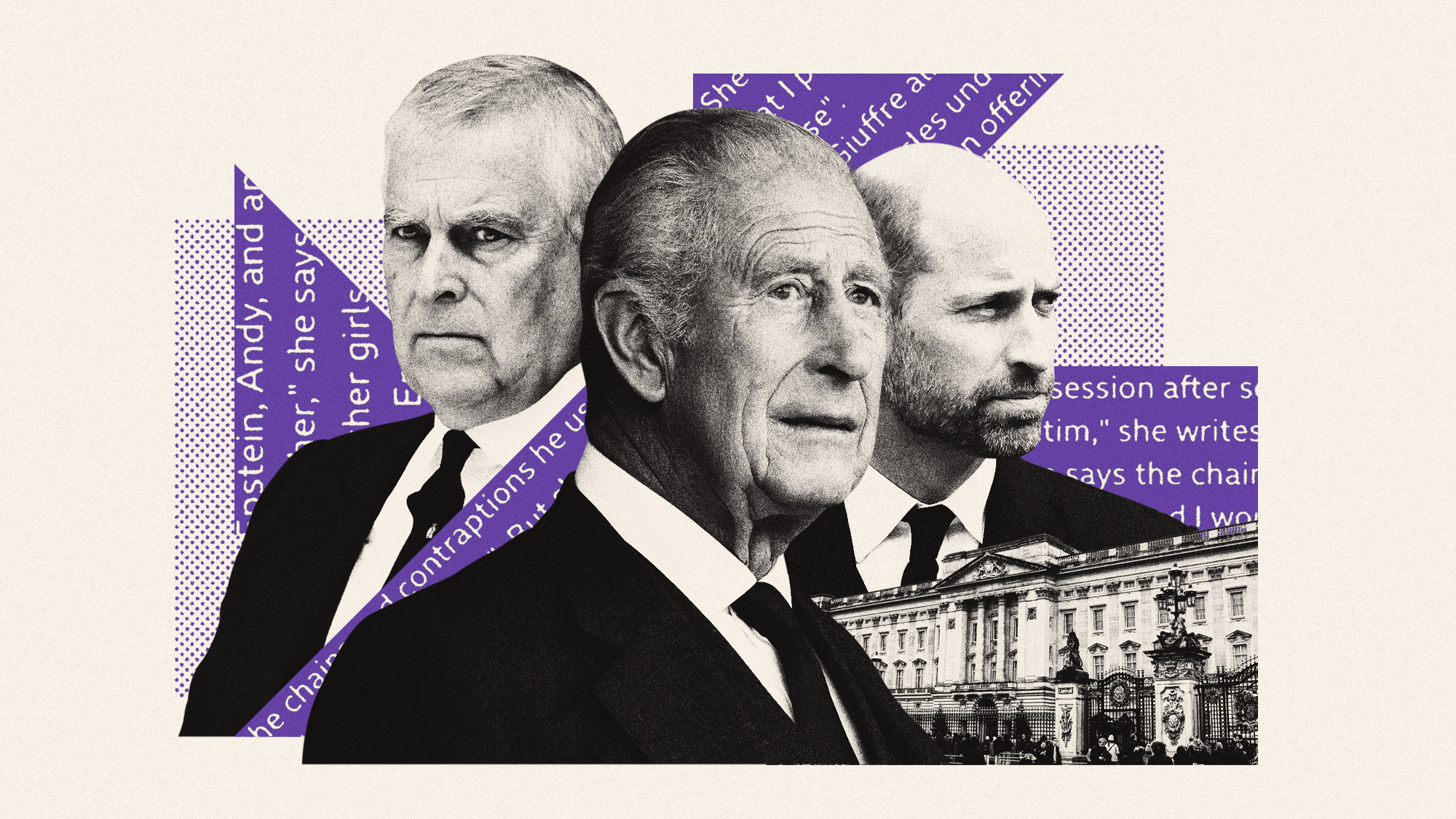 Prince Andrew: is the royal family doing enough?
Prince Andrew: is the royal family doing enough?Today’s Big Question King Charles faces calls for tougher action against Andrew after latest allegations about Virginia Giuffre and Jeffrey Epstein
-
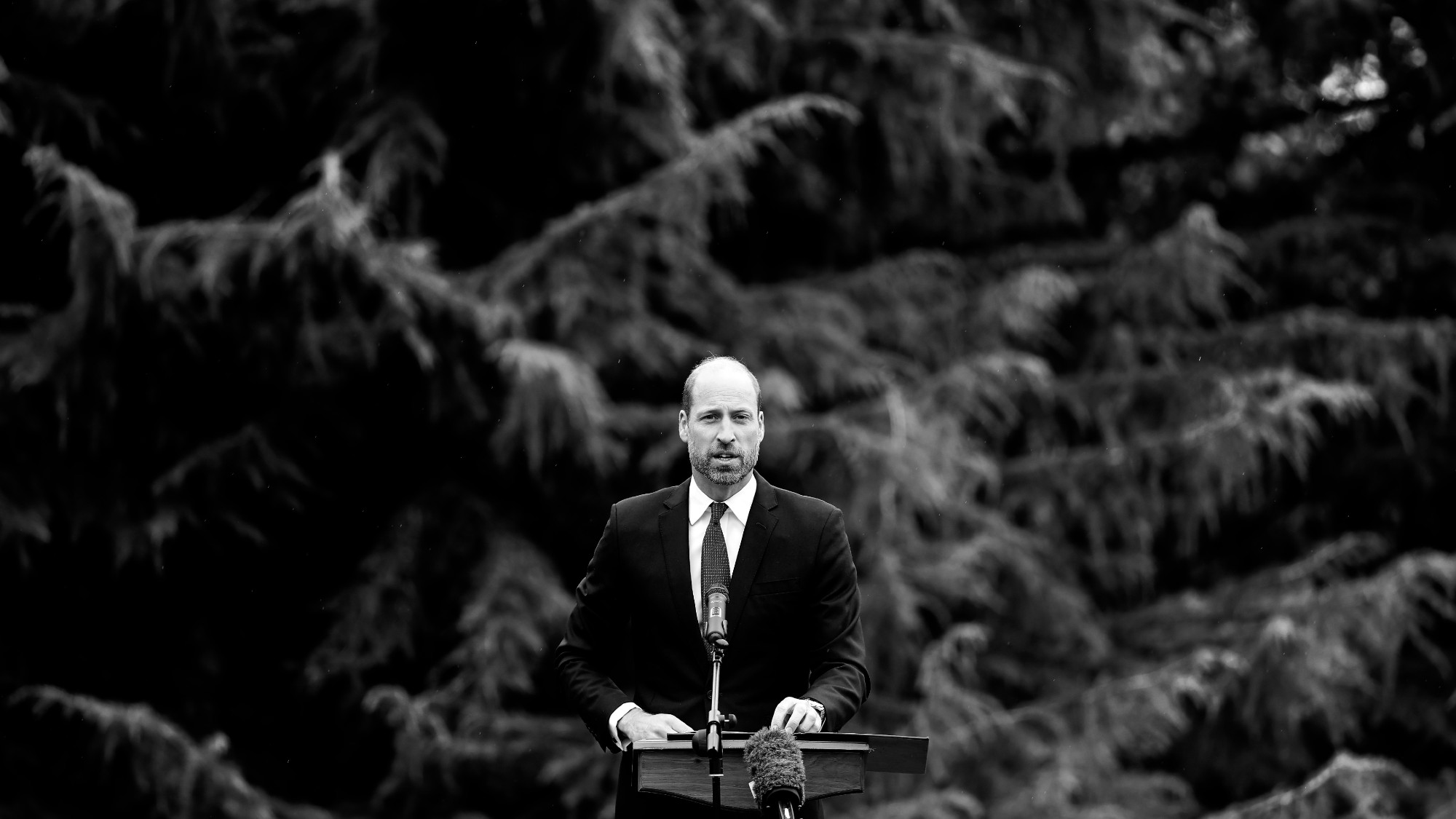 What will William be like as king?
What will William be like as king?Today's Big Question Prince of Wales said he won’t be ‘restricted’ by history when he takes the throne
-
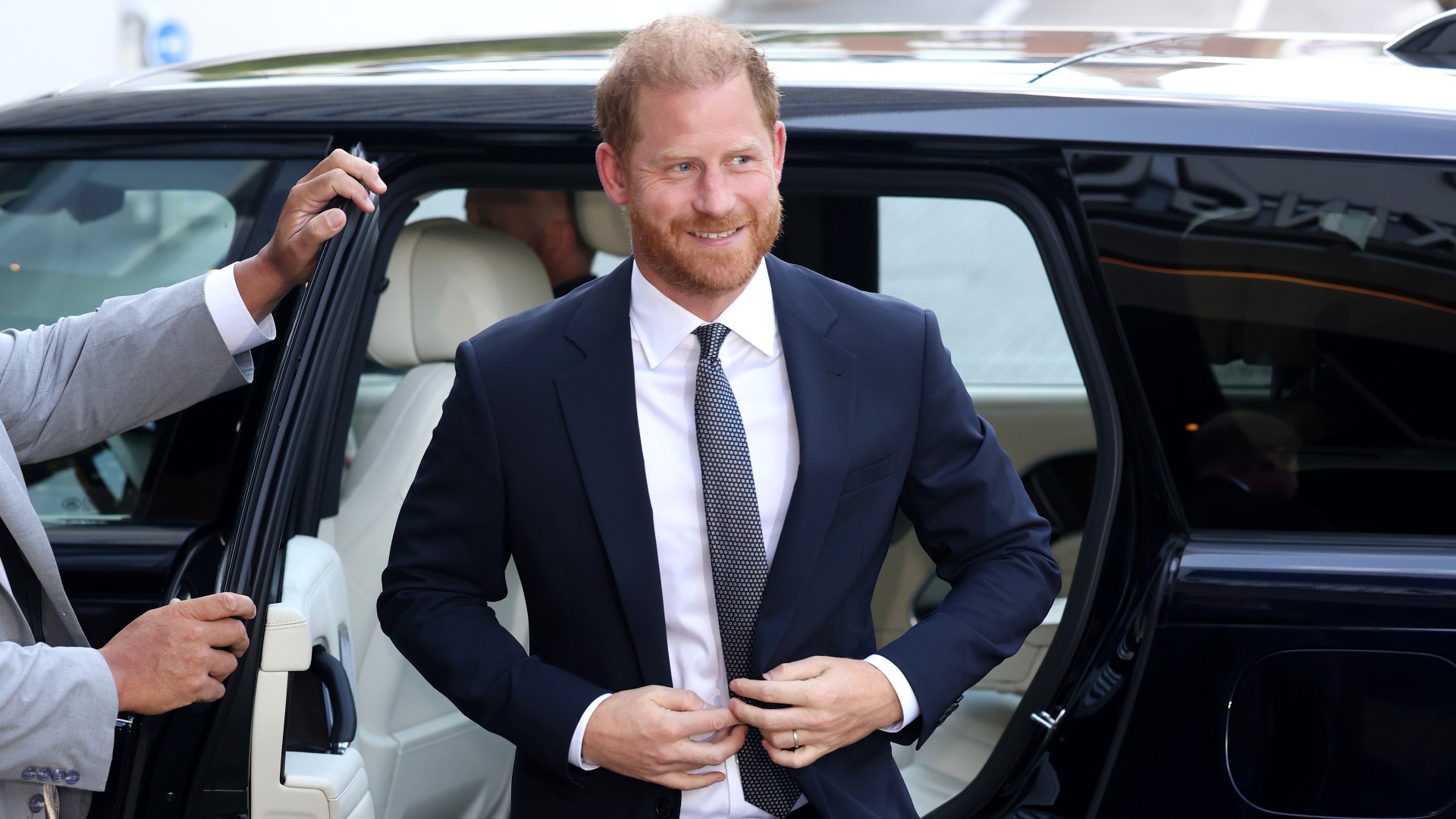 Prince charming: Harry’s tea with King sparks royal reconciliation rumours
Prince charming: Harry’s tea with King sparks royal reconciliation rumoursTalking Point Are the royals – and the UK public – ready to welcome the Duke of Sussex back in?
-
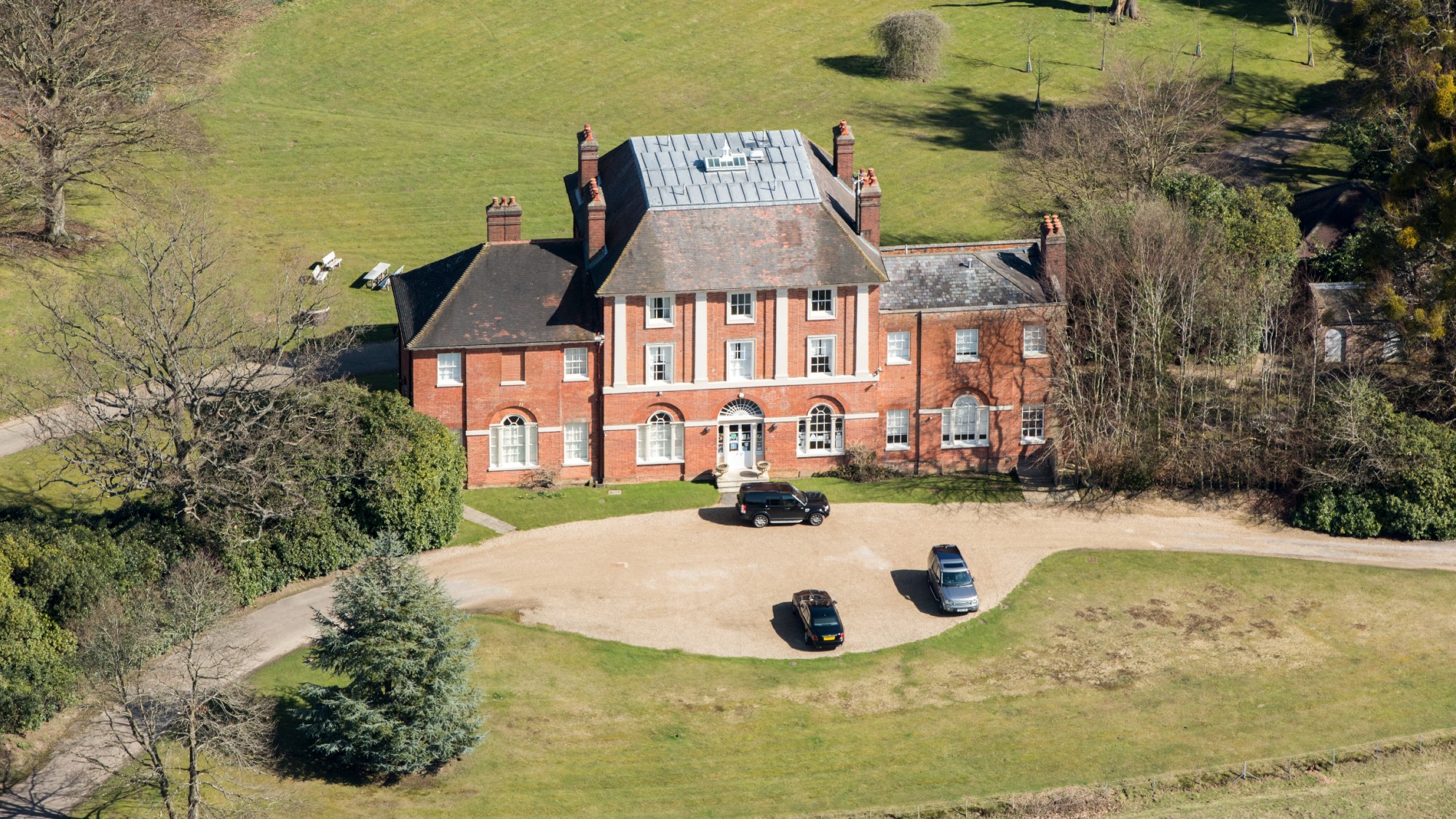 Forest Lodge: William and Kate's new home breaks with royal tradition
Forest Lodge: William and Kate's new home breaks with royal traditionIn the Spotlight Wales' said to hope move to 'forever home' in Windsor Great Park will 'leave unhappy memories behind'
-
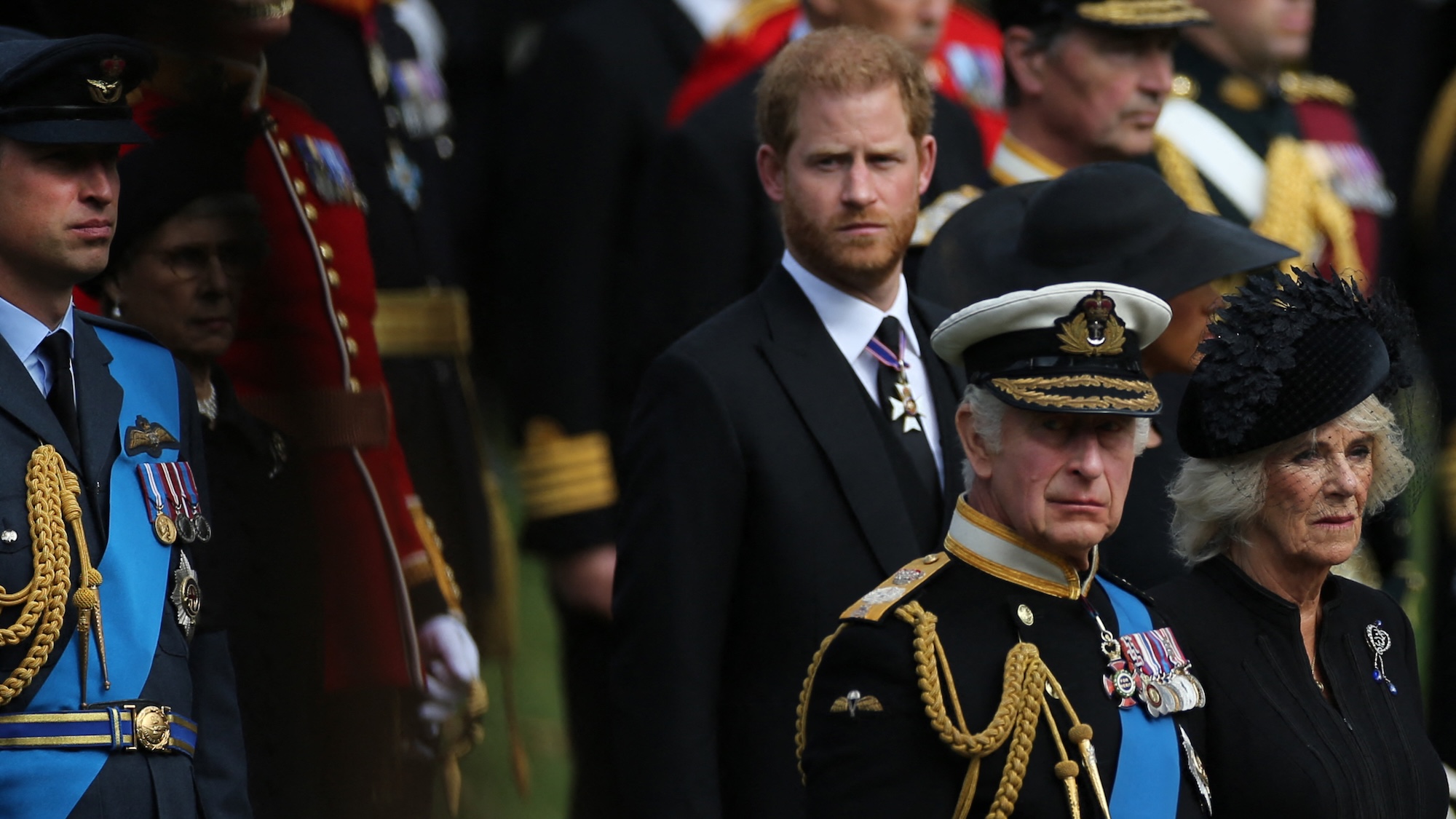 King Charles and Prince Harry: peace in our time?
King Charles and Prince Harry: peace in our time?Talking Point Leaked images of a secret meeting between royal aides suggest a dialogue is beginning to open up
-
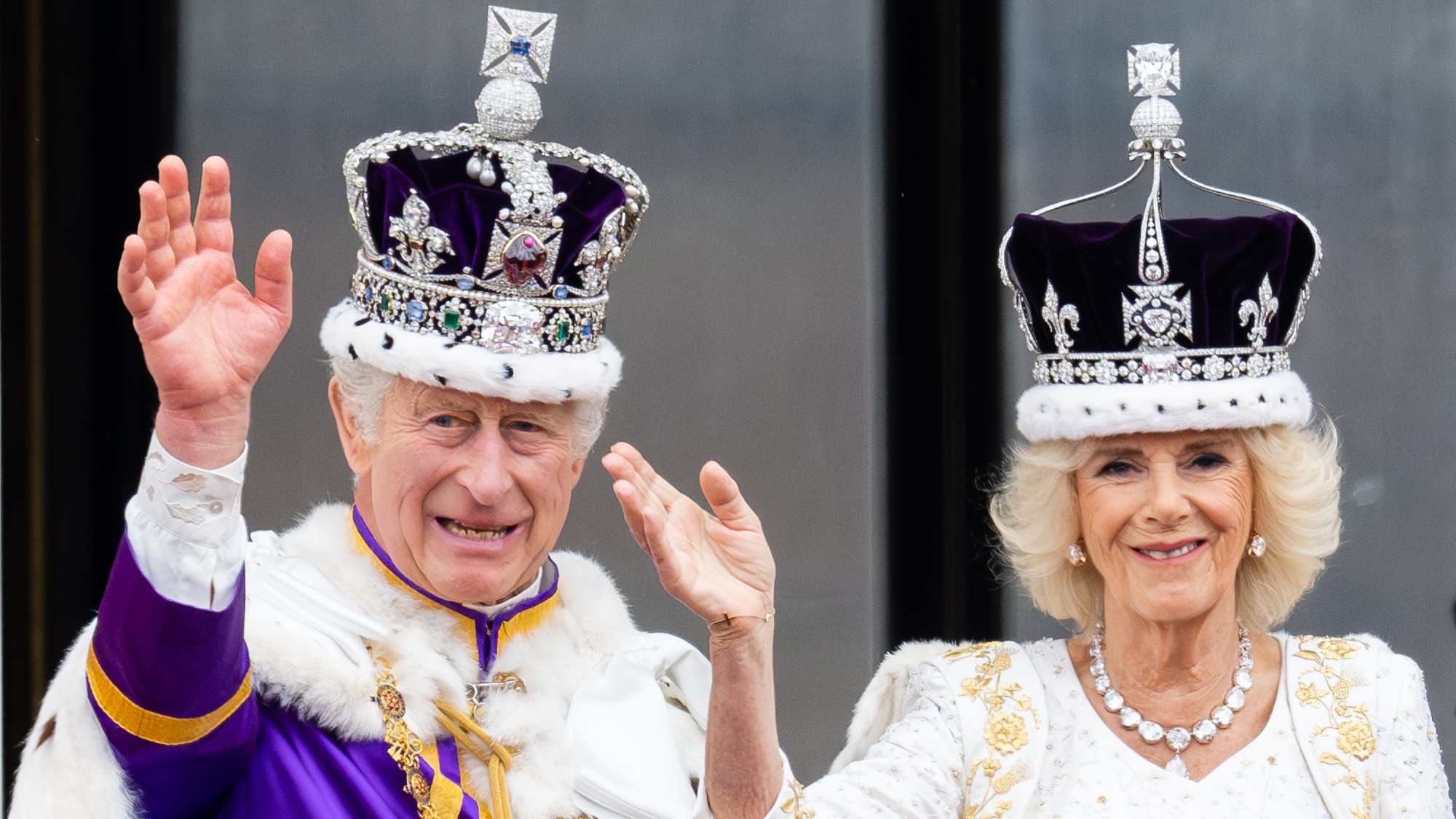 King Charles and the Sovereign Grant: how UK taxpayers fund the monarchy
King Charles and the Sovereign Grant: how UK taxpayers fund the monarchyThe Explainer Royals received £86.3m from government last year – and they are in line for a 50% increase
-
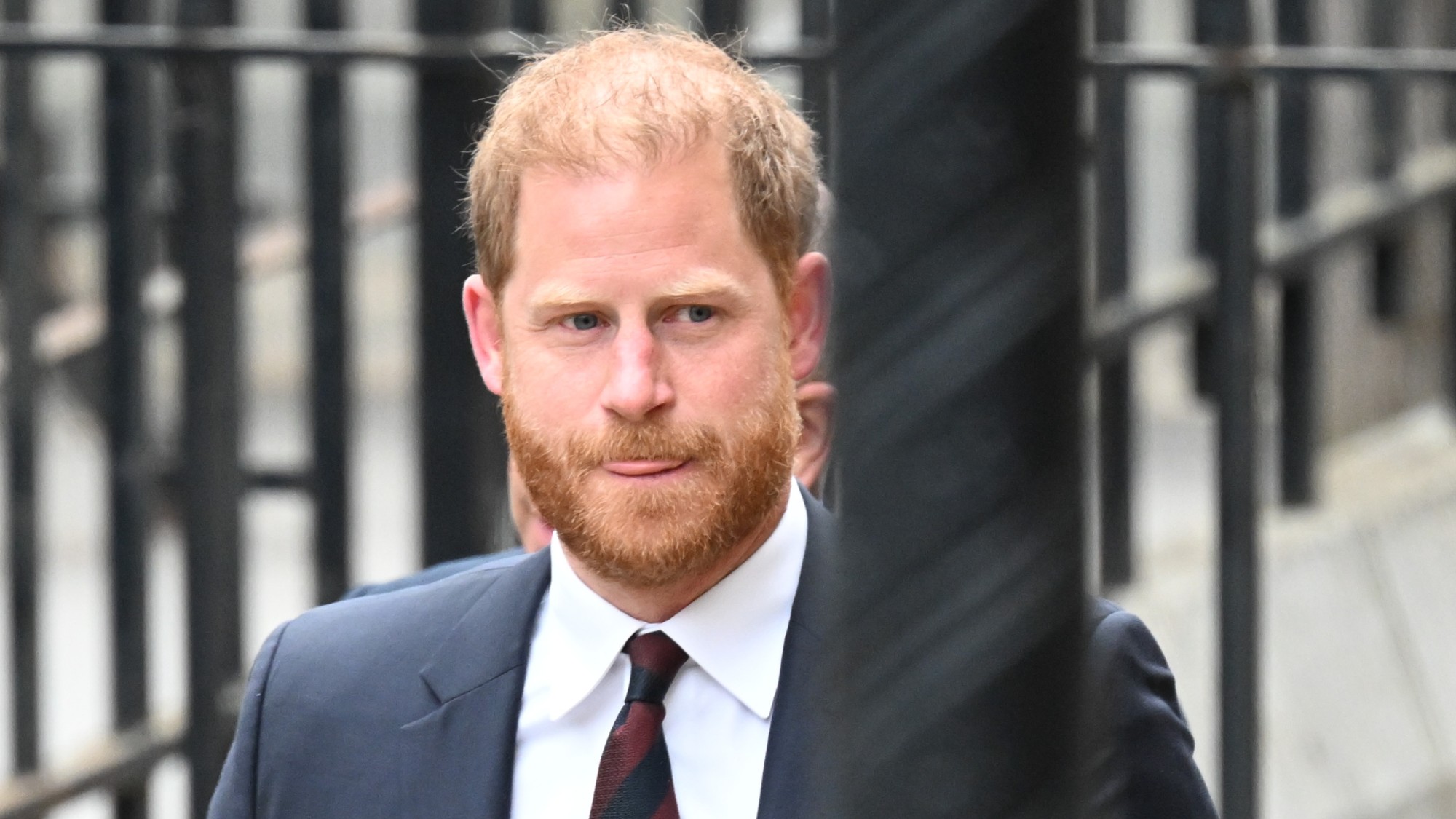 Prince Harry's 'bombshell' BBC interview
Prince Harry's 'bombshell' BBC interviewTalking Point Royal claims he is not safe to visit the UK and fuels speculation over King Charles' health in 'extraordinary' BBC interview
-
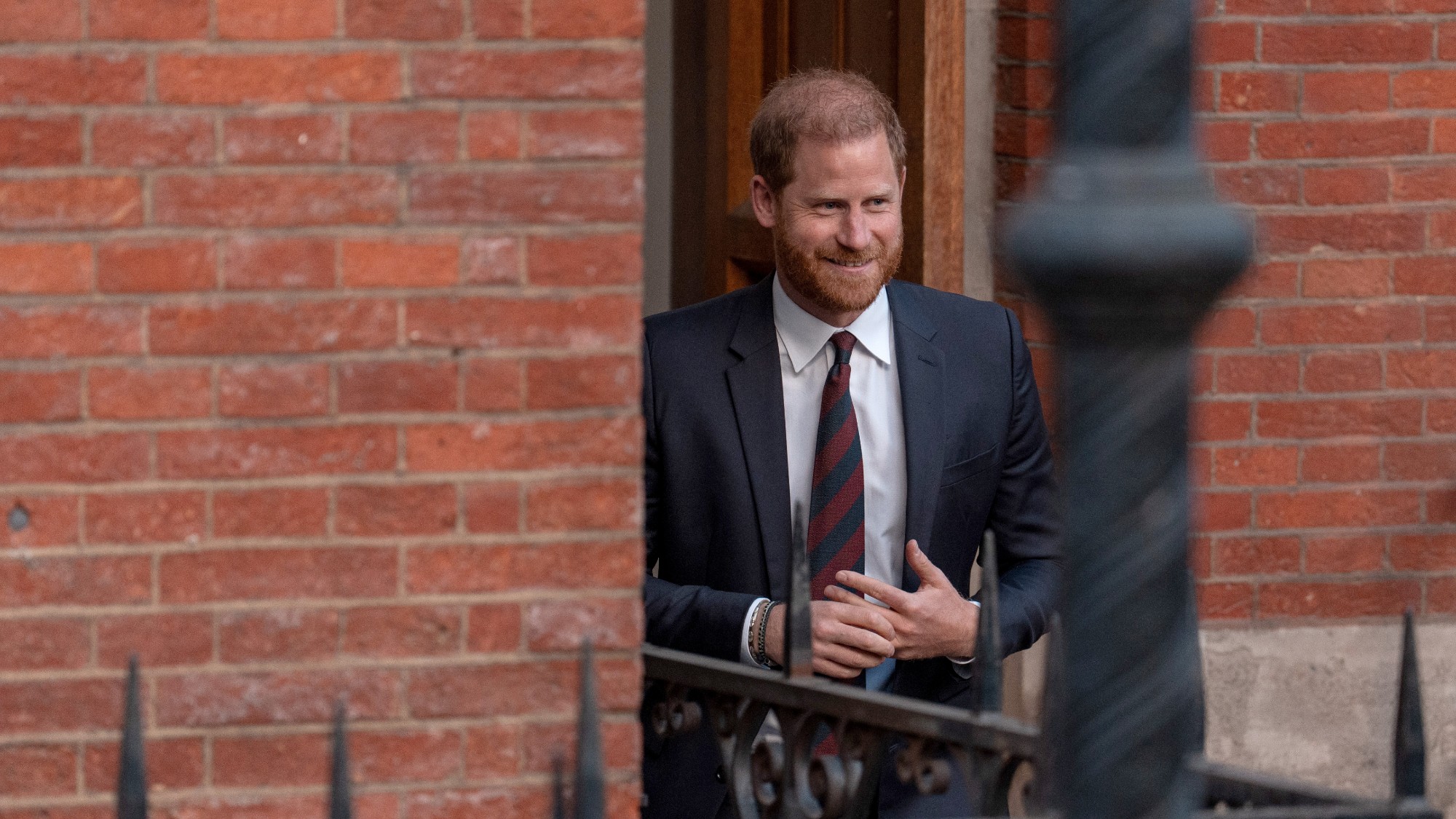 Is Prince Harry owed protection?
Is Prince Harry owed protection?Talking Point The Duke of Sussex claims he has been singled out for 'unjustified and inferior treatment' over decision to withdraw round-the-clock security
